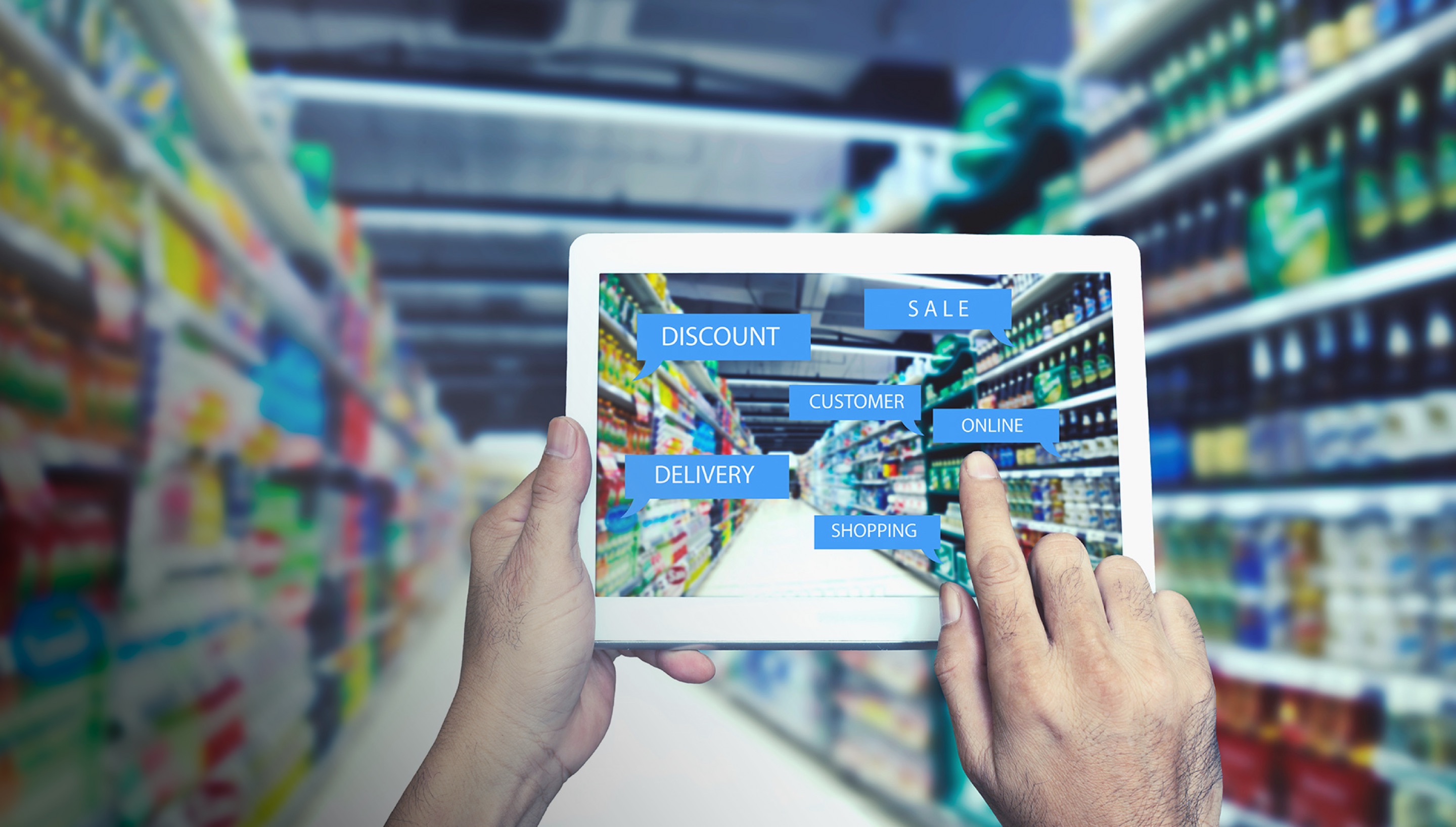Nearly half of brand manufacturers are investing in direct-to-consumer (DTC) channels. Amazon’s market value is bigger than the next 10 brick and mortar retailers put together. Meanwhile, global trade negotiations are underway, adding a fresh wave of uncertainty for companies around the world. All of this comes as physical stores continue to experience declining foot traffic. Is this the retail apocalypse experts have been warning of, or a renaissance movement? Only time will tell.
What traditional retailers know for certain is that the landscape has become increasingly complex. The lines between brands and traditional retailers continues to erode, while marketplaces apply pressure on the digital front. Adding to the challenges, established retail organizations must divide their attention between the physical and digital world, which makes the stakes for every investment, every idea even higher. Here we take a look at a variety of strategies that retailers can consider during these challenging times:
Become an in-store services hub
As foot traffic continues to fall within the store, retailers must consider new ways to draw the customer in. For years, the trend has been to add amenities within the store, offering various activities like classes and demonstrations or tangential experiences such as coffee bars or relaxation areas. While this “experiential retail” trend may appeal to customers already in the store, they do relatively little to drive traffic.
Perhaps the next, and arguably the more logical, iteration of this trend will be the creation of services hubs within the store. Technology brands were early innovators in this space, with services such as Geek Squad or the Genius Bar providing fast and reliable on-site tech support. Traditional retailers of all kinds can consider employing this model with relevant in-store services, such as product repairs, personal grooming, garment tailoring, or personal styling. These services not only open a valuable new high-margin revenue stream for traditional retailers, but also can provide a real incentive to get people in the door.
Go deeper in the data
Traditional retailers very much understand the power of data. Luckily for them, they have lots of it, going back decades or more, across several channels. In fact, despite all the talk about Amazon’s technological prowess, it is retailers who have an advantage when it comes to breadth and depth of data.
In sifting through this vast amount of information, many retailers may focus on the winners: the most popular products; the fastest-selling items; the most common bundles. This is good practice. However, it is equally important to consider what the data reveals about what isn’t working. What items did customers search for, but couldn’t find? What products were returned the most? Which items had the lowest ratings?
To get the full value from data, retailers must look at both the best and the worst of their catalog and pinpoint why their products perform the way they do. This requires organizations to centralize their vast stores of data and also create common attributes that allow comparison across any number of features, including color, style, price, size, packaging, and delivery. By gathering these insights, retailers can give themselves a much-needed leg up on product development, marketing, inventory and fulfillment.
Make the bricks click
One of the things people like most about online shopping is the ability to read product reviews and ratings. For years, traditional retailers have considered this inability to bring digital amenities into the store a major drawback. What’s interesting is that customers have found a way to blend the two channels. Our recent research with Salesforce reveals consumers creating their own omnichannel experience with seven in ten people reporting that they use a phone in store to compare prices, research products or read reviews.
As shoppers become more accustomed to digital features, it will become increasingly important for traditional retailers to digitize the in-store experience. For example, Sam’s Club Now is a pilot program that uses machine learning and augmented reality to offer the benefits of digital shopping, like auto-fill and product ratings and reviews, within the store. For traditional retailers that are feeling the squeeze of marketplaces, this blended approach may be one way to give consumers the best of both the physical and digital worlds.
In looking to 2019 and beyond, the future of retail is anything but clear. While this adds a tremendous amount of complexity to traditional retailers, it also presents a valuable opportunity. Whether the coming years deliver an apocalyptic blow or a storied renaissance will depend on what steps the organization takes today.










